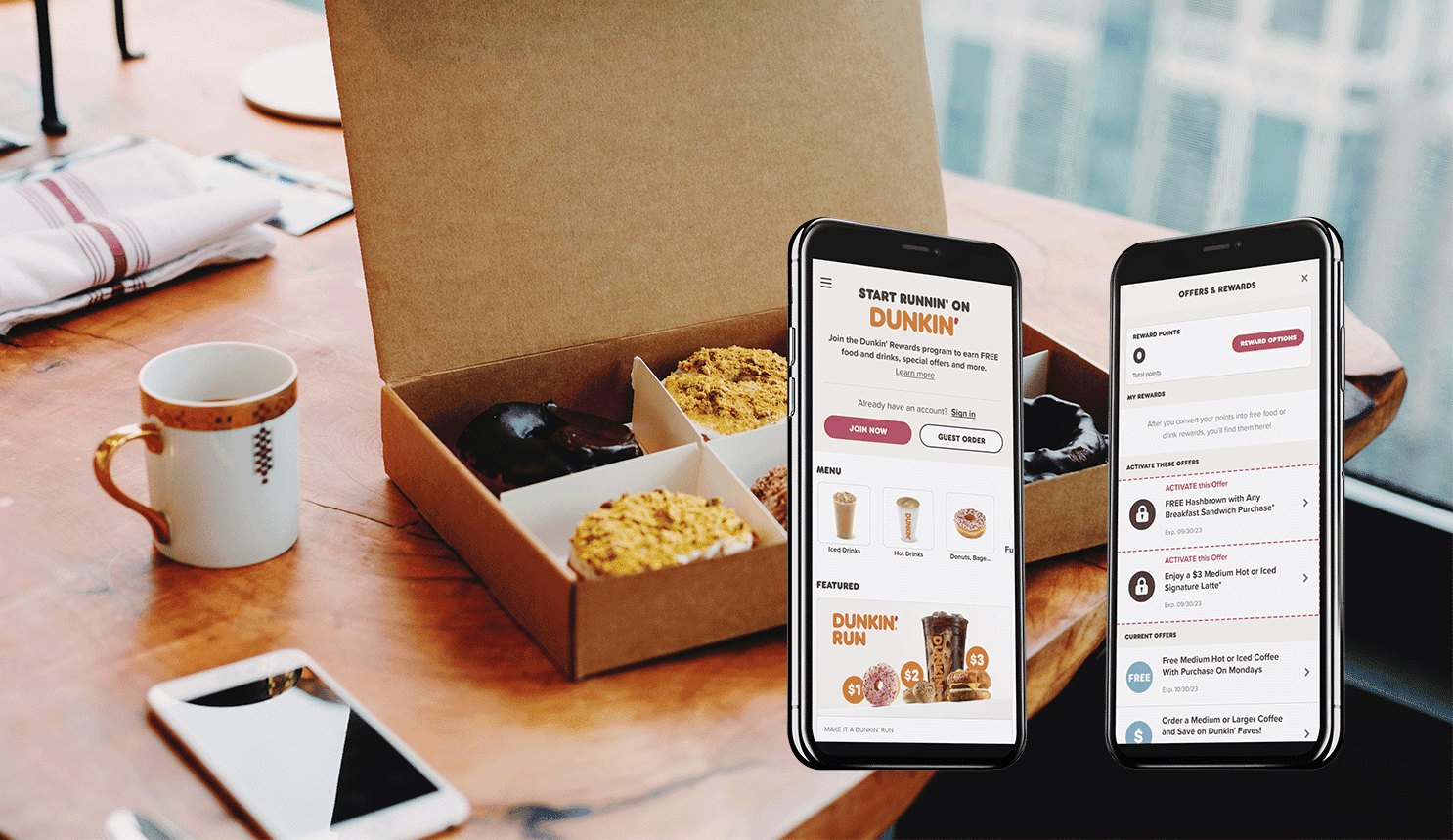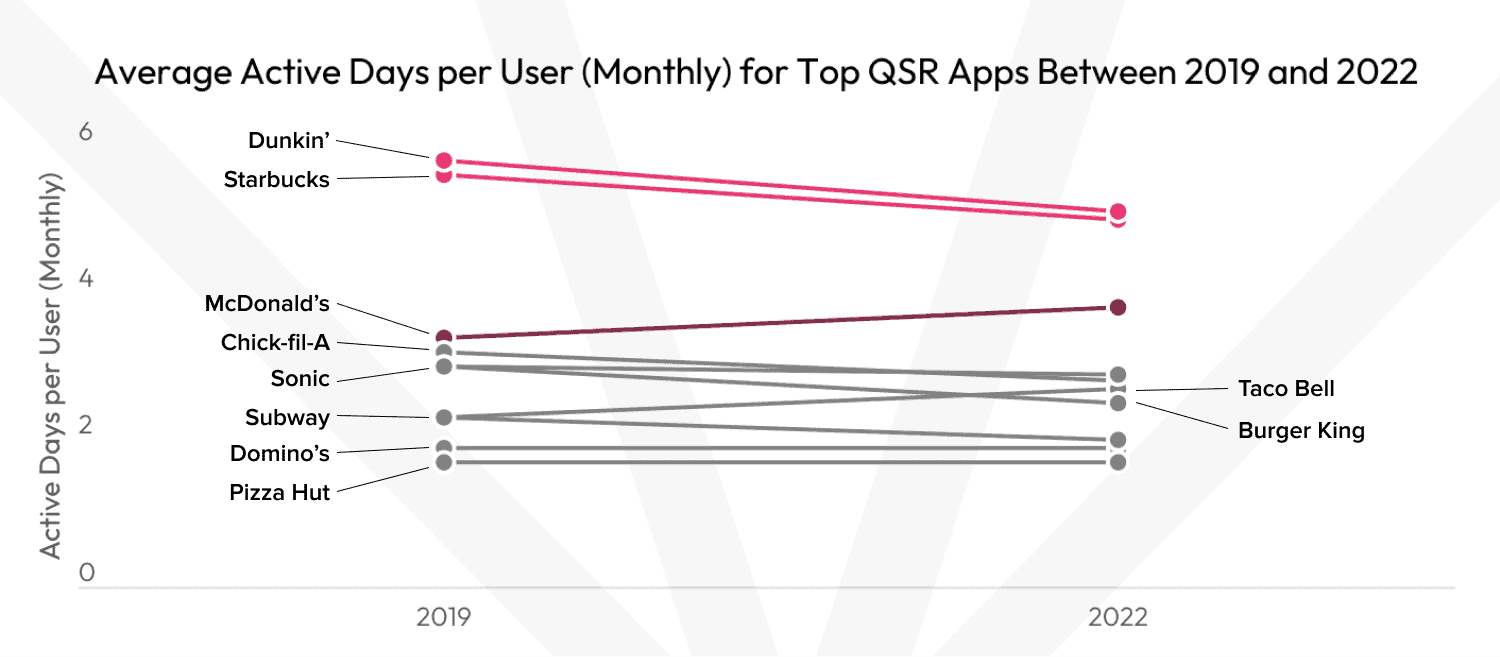
When our team built the original Starbucks, Dunkin’, Taco Bell, and Sonic apps 10+ years ago, native mobile apps offered many technical advantages over mobile web. Apps were also still relatively novel, and consumers’ appetite for downloading apps seemed insatiable. Neither of those things is true anymore, yet many vendors are still pushing apps as must-haves, while others require consumers to download an app to participate in loyalty or order ahead.
For example, a recent blog post by a loyalty vendor advocated that restaurants should develop mobile apps because “90% of consumer’s time is spent on mobile apps.” What they conveniently omit is that 84% of that time is spent on just 5 apps, which vary from person to person, but tend to be social media, messaging, entertainment, and gaming apps.
In fact, most people hate having to download new apps to transact with a business. You can test this theory by asking anyone around you if they enjoy being forced to download branded apps, but if you need some harder evidence, a recent Forbes article clams that “91% of us hate being forced to install apps to do business, costing brands billions.”
Meanwhile, Data.ai’s State of Mobile 2023 reports that the app usage for Starbucks, Dunkin’, Taco Bell and Sonic (in addition to other QSR apps) has actually decreased between 2019 and 2022. Another survey found that only 42% of consumers have a single QSR loyalty app on their phone (most of which are likely Starbucks, McDonalds, Subway, or Chick-fil-a).
We know loyalty and ordering adoption continue to rise, so customers are clearly using other channels such as mobile web. Indeed, of our customer base that offer both web and app ordering, roughly 70% of transactions go through web.
That is not to say apps do not have any value – many of our customers have launched native apps – but pushing an app as a must-have or alienating customers by forcing an app download does not make sense.
Some things to consider when deciding if building an app is necessary:
Target:
Who is the app for. If you want anyone beyond your most loyal customers to download and continue to use your app, then you may not want a native app.
Value Proposition:
Think about your scope and ask yourself (or your vendor) if an app offers enough (any) additional functionality or ease of use that mobile web does not. Most often, the answer is no.
User Experience:
Building an app these days is not that difficult. Building an app with a good user experience is a different story. Restaurant app reviews mentioning outdated UI, crashes, friction, and non-working integrations are ubiquitous.
Cost:
Developing an app can be expensive. While turnkey apps like those we offer are substantially cheaper than custom builds, they are still an expense that can be hard to justify, particularly for smaller brands.
Restaurant Loyalty and Changing Consumer Preferences
Historically, loyalty programs have been a driving force behind the adoption of native restaurant apps. However, while native restaurant app usage for major chains has decreased recently, a study from PYMNTS shows that participation in restaurant loyalty programs has increased, as 51% of consumers reported using loyalty programs. Offering rewards, discounts, and exclusive offers to repeat customers has proven effective in building brand loyalty, but there’s a growing realization that loyalty programs need not be tied to native apps.
Customers are looking for convenience and simplicity. They don’t want to clutter their phones with multiple restaurant apps. Instead, offering a loyalty program that’s accessible through mobile web browsers eliminates the need for app downloads, increasing the chances of loyalty program participation.
Omni-Channel Ordering: A Modern Solution
As restaurant owners and operators, it’s crucial to adapt to these changing consumer preferences. While native apps can offer value, they should be considered as part of a broader strategy that incorporates omni-channel ordering, payment, and loyalty. Investing in guest experience tech that offers the same experience and convenience whether your guest is using a native app, web, or in-store kiosk, is key to staying relevant in today’s restaurant industry landscape.
Ultimately, the goal is to provide customers with a convenient and satisfying experience, regardless of the ordering platform. The restaurant industry is witnessing a shift in the way customers engage with mobile technology, as native apps, while still valuable in certain cases, may not be the panacea they once were. Embracing omni-channel solutions that cater to evolving customer expectations and preferences is a strategic move that can lead to increased customer loyalty, revenue, and operational efficiency.


